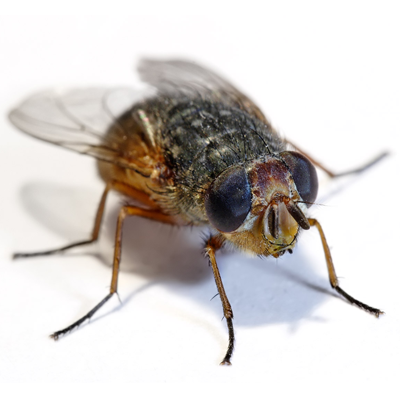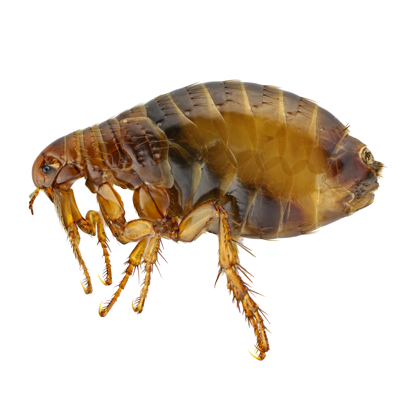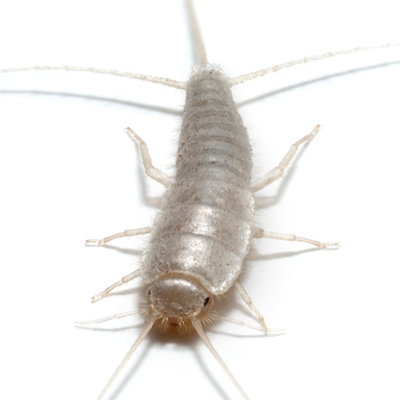
University of Minnesota
Temperature and Time Requirements for Controlling Bed Bugs (Cimex lectularius) under Commercial Heat Treatment Conditions
Developing effective alternative approaches for disinfesting bed bugs from residential spaces requires a balance between obtaining complete insect mortality, while minimizing costs and energy consumption. One method of disinfestation is the application of lethal high temperatures directly to rooms and contents within a structure (termed whole-room heat treatments). However, temperature and time parameters for efficacy in whole-room heat treatments are unknown given the slower rate of temperature increase and the probable variability of end-point temperatures within a treated room. The objective of these experiments was to explore requirements to produce maximum mortality from heat exposure using conditions that are more characteristic of whole-room heat treatments. Bed bugs were exposed in an acute lethal temperature (LTemp) trial, or time trials at sub-acute lethal temperatures (LTime). The lethal temperature (LTemp99) for adults was 48.3 °C, while LTemp99 for eggs was 54.8 °C. Adult bed bugs exposed to 45 °C had a LTime99 of 94.8 min, while eggs survived 7 h at 45 °C and only 71.5 min at 48 °C. We discuss differences in exposure methodologies, potential reasons why bed bugs can withstand higher temperatures and future directions for research.
Common Household Pest
See all household pests









